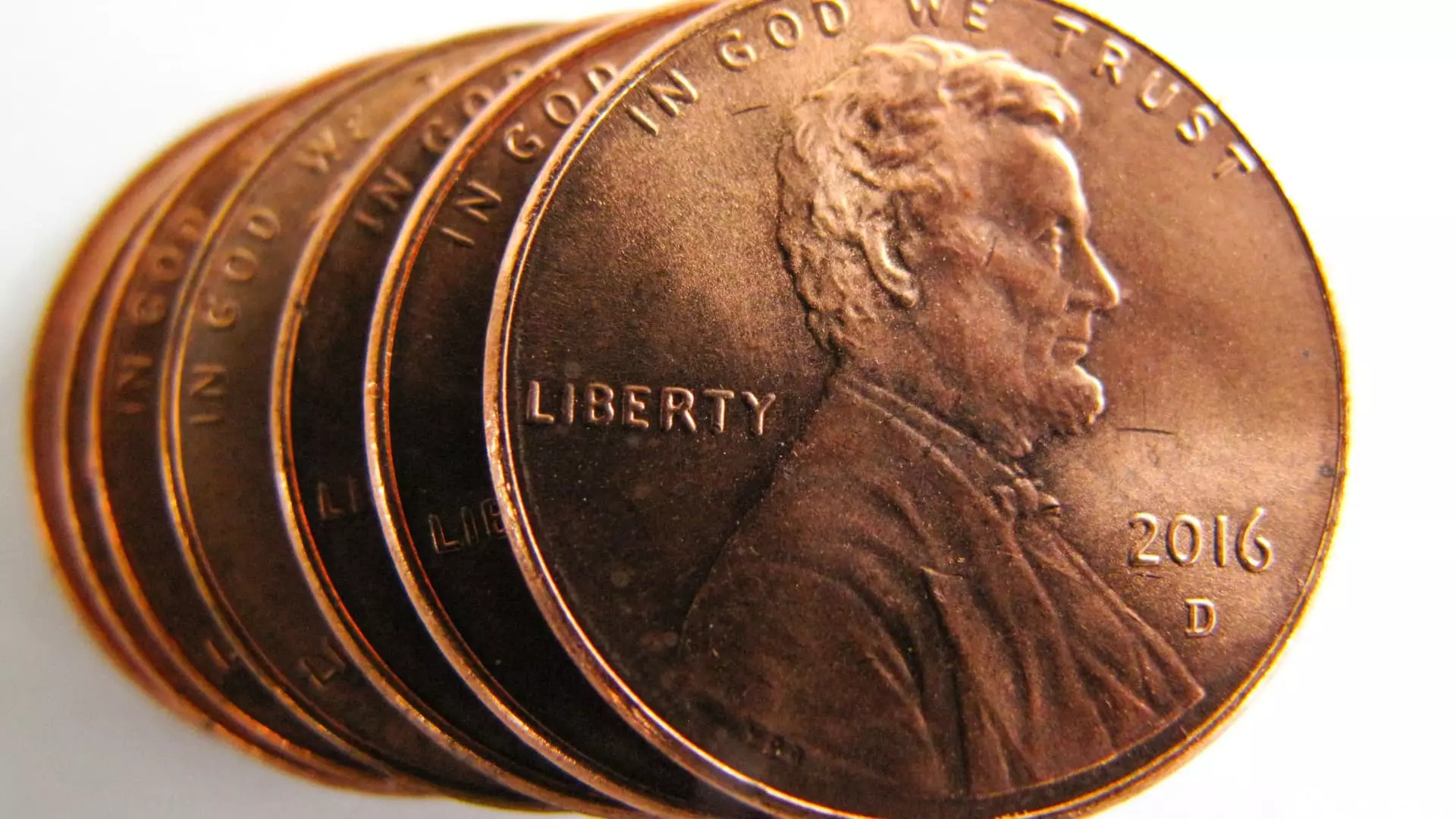The U.S. penny, once a beloved symbol of savings and thriftiness, now faces an uncertain future as its production comes to a screeching halt. The decision to stop minting the cent coins arises from an uncomfortable truth that has been ignored for too long: the financial burden the penny places on taxpayers. It is disconcerting that a government so concerned about fiscal responsibility would persist in throwing money literally down the drain, producing coins that cost nearly four times their face value. The decision heralds more than just the demise of a coin; it signals a critical reassessment of how we value and utilize our resources.
Financial Folly in a Tightening Budget
With the U.S. Treasury ceasing penny production, they claim a projected savings of $85 million. While this seems impressive on the surface, let’s not be fooled by the theatrics; this amount is a mere drop in the bucket compared to annual federal expenditures that skyrocket to trillions. It raises the question: why are we only focusing on such a trivial item while the government indulges in rampant spending in more significant areas? Sure, pennies are a financial nuisance, but eliminating them is like addressing a small leak in a sinking ship without fixing the gaping holes elsewhere. The reality is that the penny’s cost is not only about its production; it’s a reflection of our broader economic mismanagement.
The Cultural Implications of Eliminating Cents
The penny holds sentimental value for many Americans, symbolizing the industrious spirit of saving. However, as brick-and-mortar shops grapple with rounding prices to the nearest nickel, we must examine how this impacts the psyche of consumers. For everyday people, these changes may seem insignificant, but they can influence spending behaviors and overall economic activity. The uproar against the penny’s elimination is often tinged with nostalgia, but this is an occasion to reassess our relationship with money and what it signifies in a modern economy.
Lessons from Global Practices
Global examples demonstrate that the phasing out of lower denominations is not only feasible but often beneficial. Many countries, including Canada and Australia, have successfully eliminated their lowest-value coins without detrimental effects on their economies. So why is American society so resistant to change? Perhaps the aversion to parting with the penny signifies a deeper resistance to evolving economic practices. The U.S. is not only trailing behind in terms of fiscal efficiency but also in adapting to a fast-paced, consumer-driven environment.
Embracing Change for Economic Health
Ultimately, letting go of the penny isn’t just a financial decision; it’s a call to adopt a more pragmatic and efficient approach to governing our economy. The actions to cease penny production might seem small, but in a landscape where budgetary constraint is paramount, every cent—not just pennies—counts. As we step into a future that advocates for smart financial practices, we should welcome the elimination of the penny as a first step, simultaneously realizing that we must seek even bolder reforms to address the larger issues at hand. Failing to act decisively today could gnaw at the fabric of our economy tomorrow, leaving us financially paralyzed by our unwillingness to adapt.



Leave a Reply